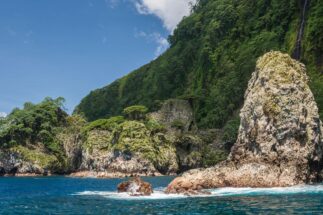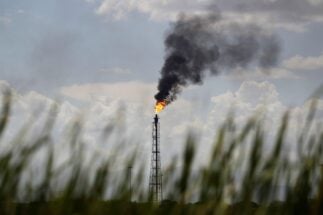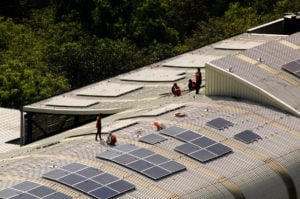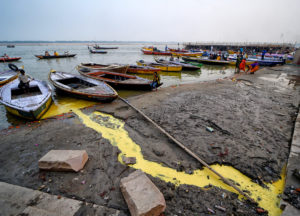After a fitful 2021 saw a mixture of false starts and small victories, the world will be hoping for a more stable year ahead in 2022. Resilience and recovery from the Covid-19 pandemic may continue to dominate news and decision-making in Latin America and the Caribbean, but important developments on the environment and the region’s relations with China are also likely to arrive. Diálogo Chino spoke with specialists across the region to hear the stories they’ll be keeping an eye on in the year ahead.
Gabriel Boric takes office in Chile
Gabriel Boric was elected as Chile’s new president in December after a second round of elections, and will now take office in March. Boric, a young congressman from the left-wing coalition Apruebo Dignidad (Approve Dignity), has largely focused his campaign on the environment, human rights and closer ties with other Latin American countries.
Looking further afield, Andrés Bórquez, coordinator of China studies at Universidad de Chile in Santiago, said Boric will maintain a good working relationship with China. Since the two countries are now both focused on pursuing more sustainable development, this could be an opportunity for a new type of collaboration, he added.
“China will remain a key player for Chile’s trade, and also a leading investment partner. I don’t expect Boric to position himself closer to China or to the US,” Borquez said. “There will likely be higher standards for foreign investments, which will have to be more sustainable and create added value for the country.”
Escazú Agreement holds its first summit
The Escazú Agreement, the first regional environmental agreement in Latin America and the Caribbean, entered into force last April after its ratification by 12 countries in the region, aiming to increase protection of environmental defenders and ensure public participation in environmental decisions. Governments are now taking the first steps to implement the agreement, and will meet with civil society members in the first ever Escazú summit this April in Chile.
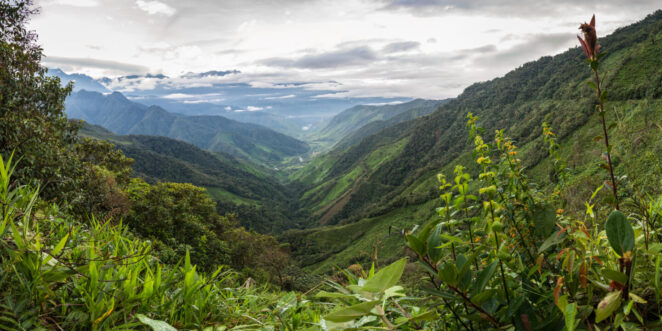
Aída Gamboa, coordinator of the Amazon programme at Derecho, Ambiente y Recursos Naturales, a Peruvian NGO, said Latin American organisations are readying proposals to bring to the summit, as they keep track of the countries that still haven’t said yes to Escazú, such as Chile, Colombia and Peru.
“The countries that have ratified the agreement are moving ahead on its implementation, working closely with civil society. Mexico, Ecuador, Saint Lucia and Argentina are among the most advanced. Having resources from the state will be very important to achieve a real change for environmental defenders,” Gamboa said.
Could elections change Brazil’s relationship with China?
2022 is a crucial year for Brazilians, who will choose their next president on 2 October. Current president Jair Bolsonaro will be aiming for a second term, but polls have so far shown a clear lead for the left-wing candidate and former president Luiz Inácio “Lula” da Silva, who held the office for two terms between 2003 and 2010.
Until then, little might change for Brazil’s approach towards China, according to Tatiana Prazeres, a senior fellow at the Center for China and Globalization, a think tank based in Beijing. She expects 2022 to be a year of continuity, with no “abrupt gestures” from Brazil. “The embargo on meat [that China enforced for three months in 2021] made many people realise the risks of this relationship. I don’t see a 180-degree change in Brazil’s attitude towards China happening this year,” she said.
This standpoint is echoed by Maurício Santoro, a professor at Rio de Janeiro State University (UERJ), who noticed a significant shift in Bolsonaro’s approach towards China with the beginning of the vaccination campaign in Brazil in January 2021. Prior to this, Bolsonaro had sent mixed signals by visiting Taipei – and not Beijing – during his 2018 presidential campaign and making a series of undiplomatic statements about the Asian country in 2020.
I don’t see a 180-degree change in Brazil’s attitude towards China happening this year
“Not only have other politicians gained national relevance, such as João Doria [the Governor of São Paulo], but Brazil also realised how dependent it is on Chinese supplies such as respirators, medical equipment and masks. That forced Bolsonaro to adapt,” Santoro says.
The political scenario may change if Lula wins the elections, shifting Brazilian foreign policy from the current isolationism towards multilateralism. Should the former president be successful, Santoro believes it is “perfectly possible” that Brazil may join China’s Belt and Road Initiative.
This year, Brazil may also suffer from the rippling consequences of the Chinese real estate crisis and slower economic growth. As one of China’s largest mineral suppliers, any change in the Chinese building sector can significantly affect the Brazilian mining industry. Iron ore alone counted for 9% of Brazilian exports to the Asian country in 2020.
China’s slower economic growth “will have a very negative impact on Vale and other mining companies in Brazil,” Santoro said.
Will CELAC boost regional cooperation with China?
A virtual forum between the Community of Latin American and Caribbean States (CELAC) and China took place last December with limited fanfare, but culminated in a Joint Action Plan for Cooperation in Key Areas (2022–2024). The document outlines the goals for the cooperation between China and Latin American nations, and serves as a guide for the priorities for the upcoming years, but its applications have been deemed “unclear”.
CELAC is an intergovernmental mechanism for dialogue and political agreement, of which all 33 countries in Latin America and the Caribbean are members. According to Evan Ellis, a research professor in Latin American studies at the Strategic Studies Institute of the US Army War College, the latest plan makes plain that China sees CELAC “as a strategic vehicle for multilateral engagement with the hemisphere, and explicitly embraces strengthening CELAC as an institution”.
The plan outlines broad goals in six areas of work. Of particular interest is China’s intention to support projects benefiting sustainable economic and social development, “particularly favouring the Small Island Developing States, Low Lying Coastal Countries and Central American Isthmus countries,” it says. The plan also highlights: a focus on green development; the continuing building of infrastructure, telecommunications and electricity generation; the strengthening of exchanges and cooperation in nuclear energy and technology; collaborations on climate change; and continuing collaboration in Antarctica, among others.
Belt and Road set to advance in Latin America
After a two-year, pandemic-induced hiatus in Latin American countries joining China’s Belt and Road Initiative (BRI), the flagship global infrastructure plan could well regain significant momentum and score significant diplomatic wins in 2022, as the region looks to rebuild and recover. Through both the BRI and China’s other development frameworks relevant for Latin America, there could be a renewed emphasis on sustainability, according to Guo Cunhai, coordinator of the Centre for China and Latin America Studies (CECLA).
Green development will be on the list of priorities for China–LAC cooperation this year
“With Nicaragua joining the BRI in January 2022, and Argentina’s high potential for joining during President Alberto Fernández’s official visit to China in February, the BRI is set to expand in the region in 2022,” Guo told Diálogo Chino.
“At the same time, the ‘Global Development Initiative’, proposed by China at the UN General Assembly in September, was also included in the CELAC–China Joint Action Plan for 2022–2024, which means further cooperation on environment and sustainable development. Green development will be on the list of priorities for China–LAC cooperation this year,” Guo adds.
More mining, more social conflict
Across Latin America, mining operations may be set for a renewed boom in 2022, bringing with them conflict, too, according to José de Echave, a Peruvian economist and former vice-minister of the country’s Ministry of Environment. “We are entering a cycle of mining bonanza, as we experienced between 2003 and 2012. And this situation will generate very strong pressure where these activities are developed,” he tells Diálogo Chino.

Mining advocates, de Echave adds, “will seek to accelerate projects, production processes, and all this generates social conflicts. It happens everywhere in the world and governments, as well as mining companies, have to be very clear about this.”
Amid this potential “bonanza”, activities will require closer monitoring and often strong actions by authorities, who must also play their part in ensuring benefits are shared, and damage avoided. “Companies have to comply with the payment of their taxes and submit to control and supervision by the government. And the government, at all levels, must manage its revenues well and meet the needs of the population. This is the only way to avoid the conflicts that will ensue,” de Echave says.
According to the economist, tax reforms in the mining sector are already being discussed in various Latin American countries, such as Peru, Colombia, Mexico and Chile. “Countries are going to seek to capture more income. In Peru, the executive is asking congress for powers to carry out this reform that will allow the country to have greater income and take advantage of this bonanza” de Echave explains. “We will see what happens.”
Colombia’s agriculture, a diversification opportunity
Colombia is heading for elections this May, and one of the latent environmental issues on the agenda is to halt deforestation throughout the country. “The failure of [presidents] Juan Manuel Santos and Iván Duque on this issue is enormous,” Manuel Rodriguez Becerra, a renowned environmentalist and Colombia’s first environment minister (1993–1996), told Diálogo Chino.
“The only way to avoid deforestation is with state presence everywhere. And to achieve this, you need an investment of millions of dollars.” Rodríguez Becerra notes challenges in this regard, however: “Mobilising the military, the police, providing public goods such as health, education, generating employment. It is something very complex and costly, which Colombia is not in a position to do, and even less so in the situation that the pandemic is leaving us in.”
We are a country whose economy is based on coal and oil, and we need to diversify
The former environment minister proposes a way to help the country raise its income: “We have 10 million hectares of land to dedicate to agriculture. We are a country whose economy is based on coal and oil, and we need to diversify. We need to look for an agriculture that can withstand the onslaught of climate change, increase productivity and generate more employment.
“To do this, we need investment in science and technology, we need to innovate. The private sector will be key and the incoming government must promote private investment, because the current deficit is very large,” Rodríguez Becerra said. He told Diálogo Chino that Chinese investment in Colombia is “not yet significant”, but that agriculture could provide an “interesting” opportunity to increase this.
All eyes on lithium: mineral rush to accelerate
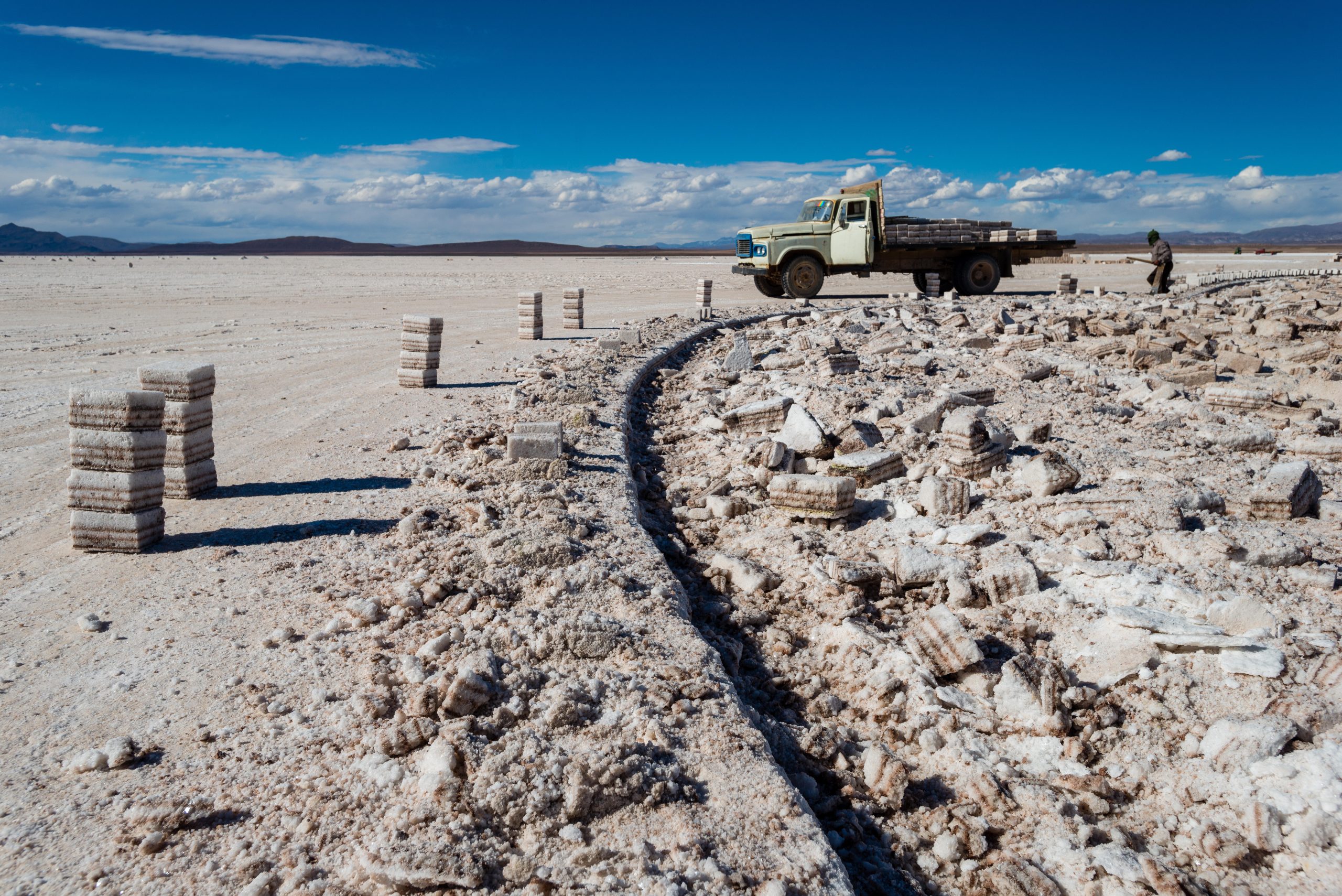
Despite the pandemic causing severe economic contractions in many countries, the electric vehicle (EV) industry still grew in 2021, heightening the geopolitical stakes of lithium production. The grassroots political response to the water-intensive, often highly polluting extraction process also grew louder, according to Thea Riofrancos, associate professor of political science at Providence College.
“In every dimension [of the lithium industry], there are significant changes and some are concerning, both from the perspective of global cooperation as well as environmental impacts locally,” Riofrancos told Diálogo Chino. “There’s a pretty geographically concentrated footprint in just a small group of countries,” she added, referring to the so-called “Lithium Triangle” of Argentina, Bolivia and Chile.
“Lithium is considered a critical mineral for transport electrification. Unlike some of the other battery materials, it’s not currently substitutable. All rechargeable batteries that go in EVs – all types of cathode chemistry – involve lithium,” Riofrancos said. “That means all eyes are on lithium.”


